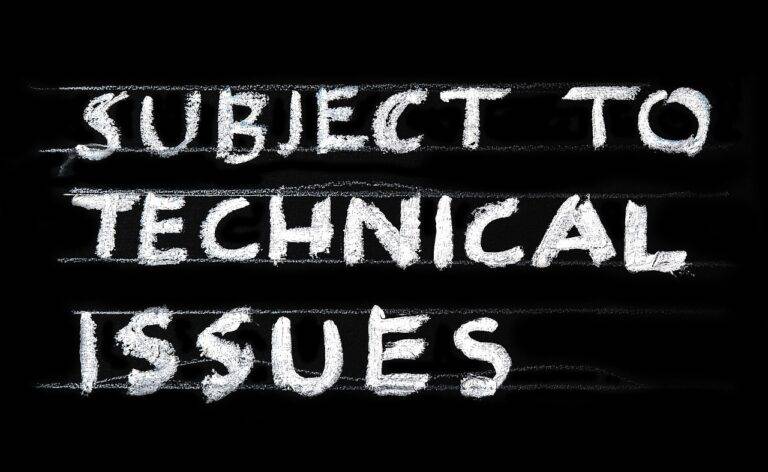The Evolution of Smart Office Solutions
Before the era of rapid technological advancements, offices relied on more traditional methods to enhance their efficiency and productivity. Manual processes such as handling paperwork, sending faxes, and making phone calls were prevalent in offices before the adoption of smart office solutions. Communication was primarily done through traditional means, which often led to delays in decision-making processes.
Moreover, before technology advancements, the physical workspace layout played a crucial role in office operations. Cubicles and individual offices were the norm, and collaboration was limited to in-person meetings and discussions. With the lack of smart office solutions, employees had to rely on physical resources like printed documents and physical files to access critical information, which increased the risk of misplacement and data loss.
The Rise of IoT in Office Automation
Internet of Things (IoT) technology has revolutionized office automation by enabling various devices and systems to communicate and work seamlessly together. Through interconnected sensors, devices, and software, IoT is reshaping the way offices operate, increasing efficiency, and streamlining processes. For example, smart thermostats can automatically adjust temperatures based on occupancy levels, saving energy and creating a comfortable working environment for employees.
Moreover, IoT is enhancing security measures within office spaces by enabling smart access control systems that can be managed remotely through mobile devices. These systems provide real-time monitoring and customized access permissions, enhancing overall security and providing peace of mind for employees and employers. With the rise of IoT in office automation, workplaces are becoming more intelligent and adaptive, creating a more productive and comfortable environment for all stakeholders involved.
Integration of AI in Smart Office Systems
Artificial Intelligence (AI) has become increasingly synonymous with efficiency and productivity in the modern workplace. In the realm of smart office systems, the integration of AI holds significant promise in streamlining tasks and enhancing overall functionality. From voice-activated assistants to predictive analytics, AI technologies are revolutionizing the way offices operate.
One of the key benefits of integrating AI in smart office systems is the automation of routine tasks. AI-powered tools can handle mundane duties such as scheduling meetings, managing emails, and even adjusting environmental settings to optimize comfort and energy efficiency. By offloading these repetitive tasks to AI systems, employees can focus their time and energy on more strategic and creative endeavors, ultimately driving innovation and productivity within the workplace.





